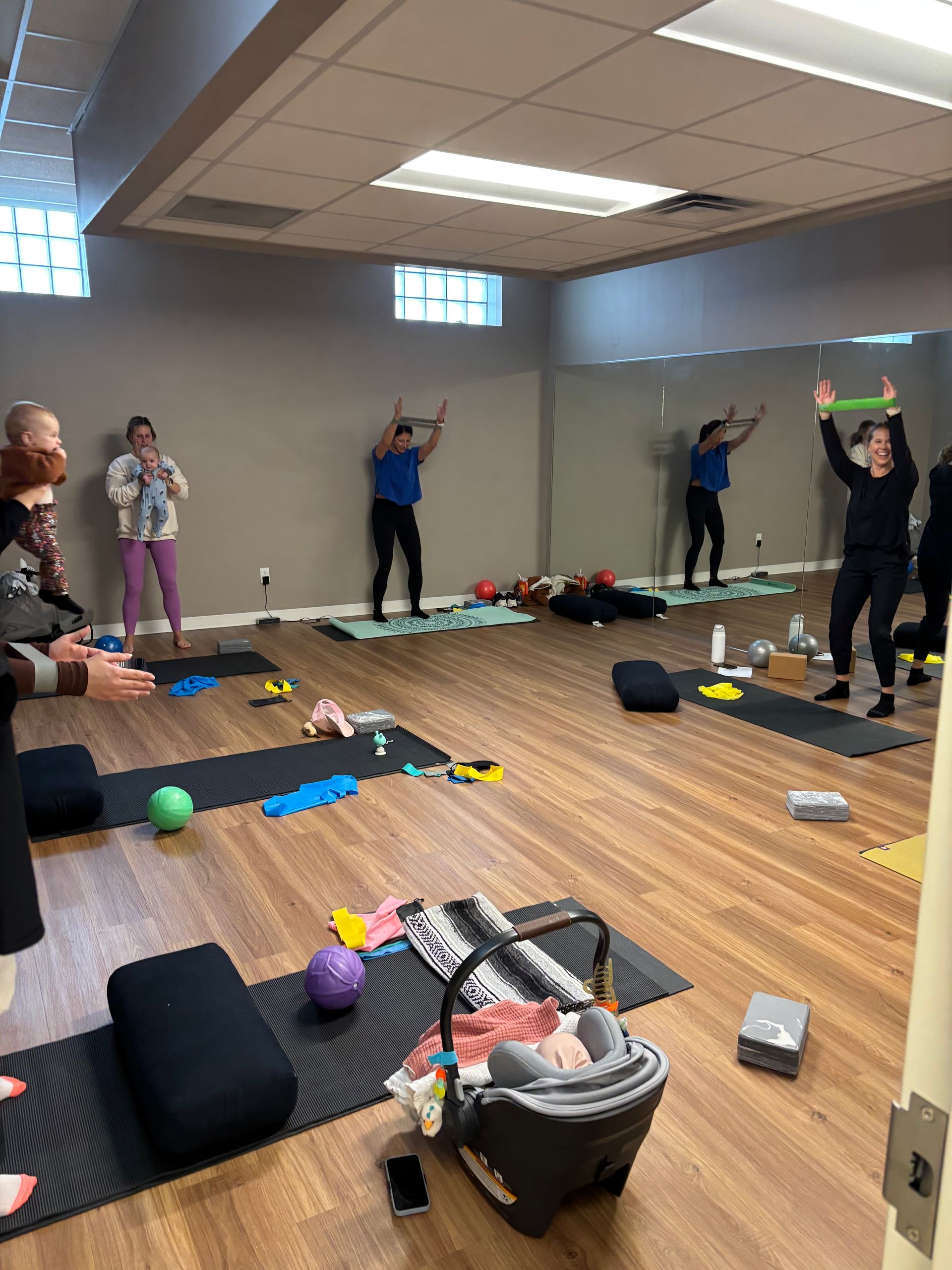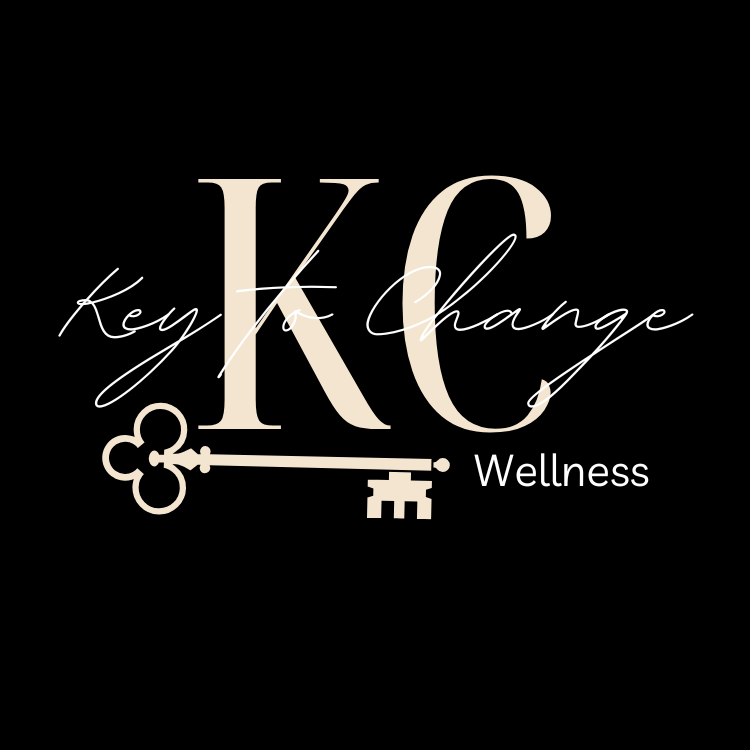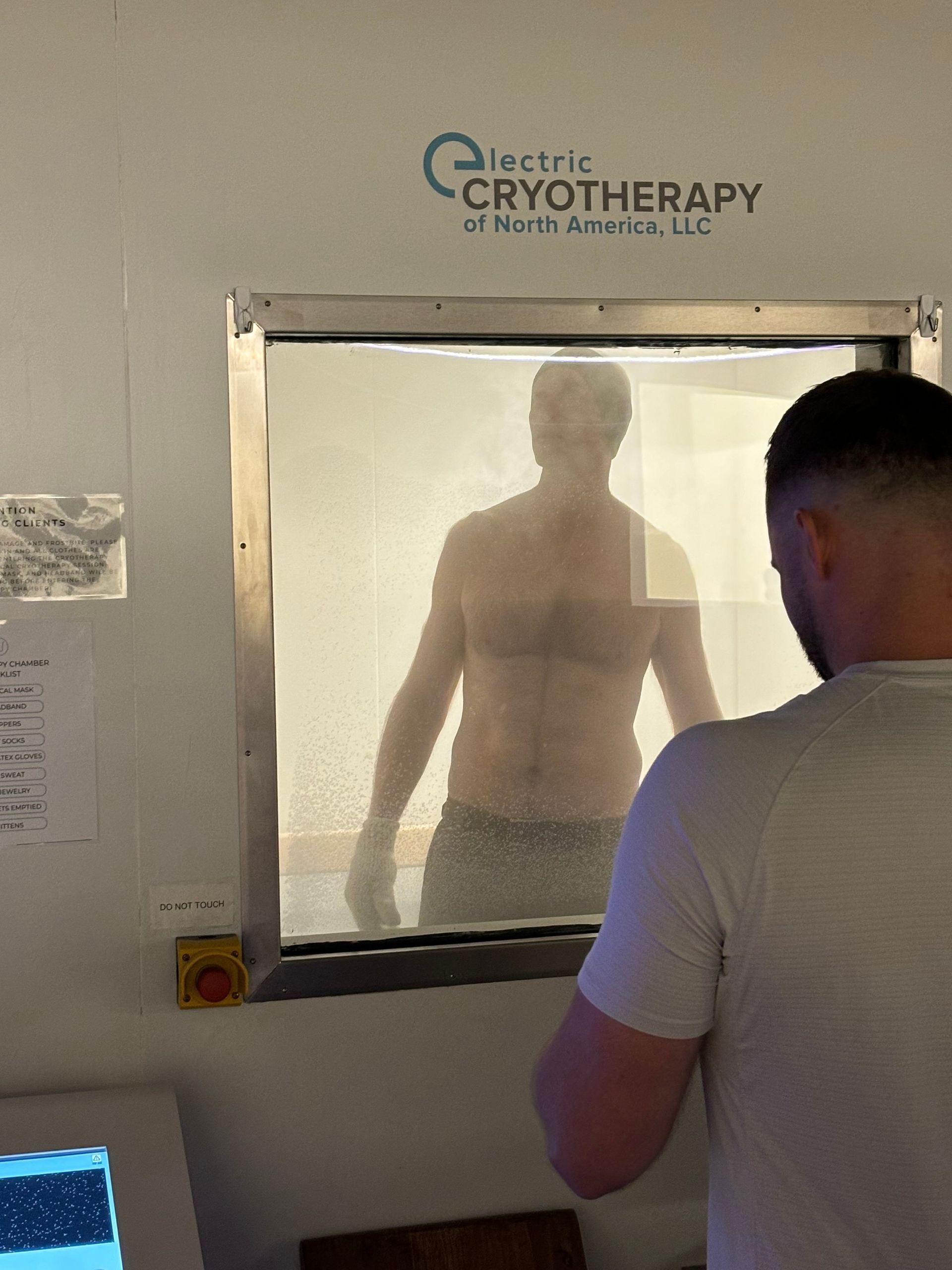Boost Your Healing and Workouts with Blood Flow Restriction Therapy
In the world of fitness and rehab, there’s a rising technique that’s gaining traction for both speeding up healing and making workouts more efficient: blood flow restriction (BFR) therapy. This simple yet effective technique has shown to be beneficial in both clinical and fitness settings, especially when combined with chiropractic or physical therapy care. Let's dive into how BFR works, why it's so helpful, and how you can incorporate it into your recovery or fitness routine.
What Is Blood Flow Restriction Therapy?
Blood flow restriction therapy involves using a specialized cuff to limit (not cut off) blood flow to a specific area of the body, usually a limb. This creates a unique environment for the muscles by trapping blood in the targeted area and making it harder for fresh blood to flow in. As a result, you can work muscles harder without adding heavy weights, which makes BFR ideal for people recovering from injuries or managing pain.
How BFR Helps with Healing
One of the biggest advantages of BFR is its ability to stimulate muscle growth and improve strength, even with light weights. This is particularly beneficial for anyone recovering from an injury or surgery, where heavy weights might be too painful or risky. Here’s a closer look at the main benefits:
- Increased Muscle Strength and Size with Less Load: Research has shown that BFR can increase muscle strength and size with weights as light as 20-30% of what you might typically lift. This low load reduces strain on healing tissues, joints, and tendons while still stimulating muscle growth, making it perfect for people rehabbing an injury or starting back with exercise.
- Enhanced Healing Through Growth Hormones: BFR has been found to increase the release of growth hormone and other healing factors that promote tissue repair. By temporarily reducing oxygen in the muscle, BFR creates a unique “stress” that stimulates the release of these hormones, helping to speed up recovery.
- Improved Endurance and Cardiovascular Benefits: Because BFR involves doing more repetitions with lighter weights, it also offers cardiovascular benefits and enhances muscle endurance. This is a bonus for athletes who want to stay fit without overloading their bodies, as well as those looking to improve endurance without high-impact workouts.
Why Combine BFR with Physical Therapy or Chiropractic Care?
When you combine BFR with physical therapy or chiropractic care, you’re adding an efficient tool to support pain-free movement and functional strength. Here’s why BFR pairs well with these treatments:
- Reduced Strain on Joints: Since BFR allows for lighter weights, there’s less strain on your joints and other sensitive structures. For patients recovering from musculoskeletal injuries, arthritis, or surgery, this can be a game-changer in staying active while safely rebuilding strength.
- Customized Rehab Plans: Physical therapists or chiropractors can easily integrate BFR into their treatment plans. For example, if you're in physical therapy after a knee injury, your therapist might use BFR to safely strengthen the muscles around your knee without putting excessive strain on it.
- Support for Natural Alignment and Movement Patterns: Chiropractors often focus on restoring natural alignment and movement. BFR can help maintain muscle tone and stability without interfering with this goal, as the technique focuses on strength without heavy weights.
What a BFR Workout Looks Like
A BFR session is typically a short workout targeting the arms or legs, and it doesn’t need fancy equipment. Here's a basic BFR workout to give you an idea:
- Warm-Up: Begin with a light 5-10 minute warm-up. This can be a simple walk, some gentle stretching, or mobility exercises to prepare your body for movement. This may simply include the manual therapies provided by your PT or chiropractor.
- Apply the BFR Cuff: Once warmed up, apply the BFR cuff to the upper part of the arm or leg, depending on which area you’ll be working. Make sure it's snug but not painful, and always follow instructions from a certified professional or therapist.
- Exercise with Light Resistance: Pick a light weight or resistance band and perform 3-4 sets of an exercise (e.g., bicep curls for arms, squats for legs) with high repetitions (15-30 reps per set). Rest for 30-60 seconds between sets. You’ll feel the muscles working more intensely than you would with heavier weights.
- Cool Down and Release the Cuff: After the workout, release the cuff to restore full blood flow. Follow up with some light stretching or a cool-down to help relax the muscles.
Things to Keep in Mind
- Get Guidance from a Professional: BFR can be highly effective, but correct application is essential. Too much restriction can be harmful, so always consult with a trained physical therapist, chiropractor, or BFR-certified professional.
- Listen to Your Body: BFR can create an intense muscle burn, even with light weights. This is normal, but sharp pain or extreme discomfort is not. Listen to your body and adjust as needed.
The Bottom Line
Blood flow restriction therapy is a fantastic tool for enhancing healing and getting a powerful workout without heavy weights. It’s especially helpful for those recovering from injury, managing pain, or looking to get stronger without overloading their joints. When used alongside physical therapy or chiropractic care, BFR offers an efficient, low-impact way to stay strong and support recovery.
If you’re interested in trying BFR, reach out to Key to Change Wellness to see if it’s a good fit for your health and fitness goals.


Quick Links
Contact Us
Business Hours:
Monday - Friday
Quick Links
All Rights Reserved | Key To Change Wellness | Powered by Flypaper | Privacy Policy




